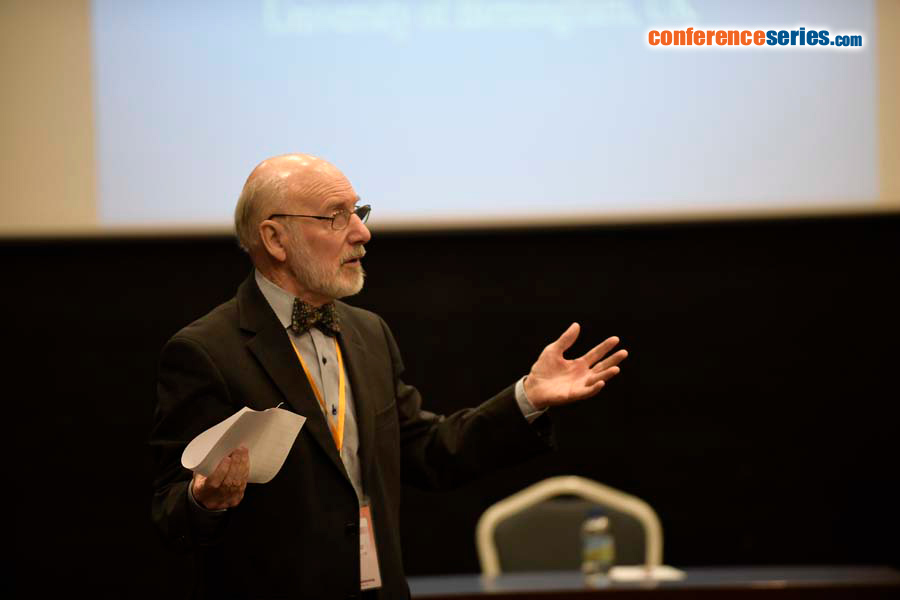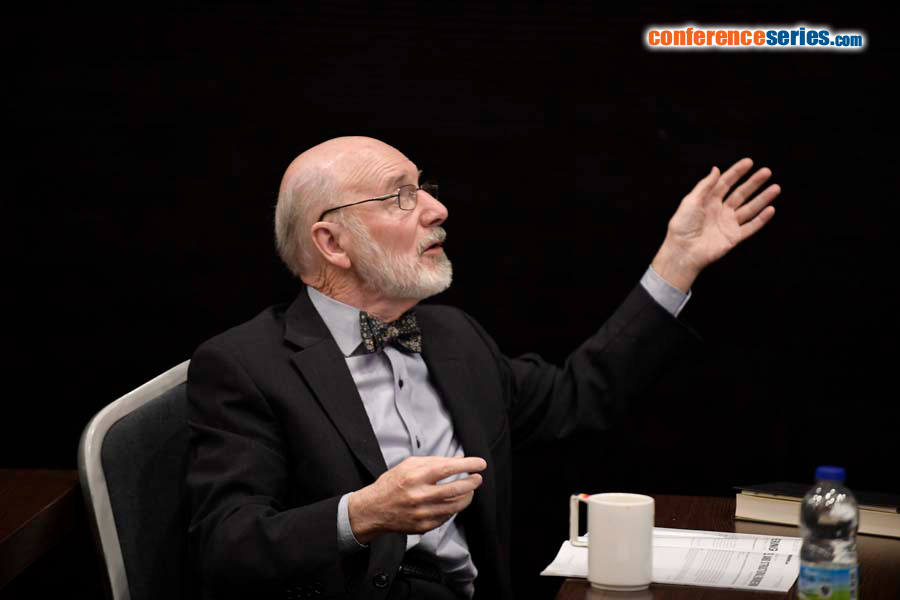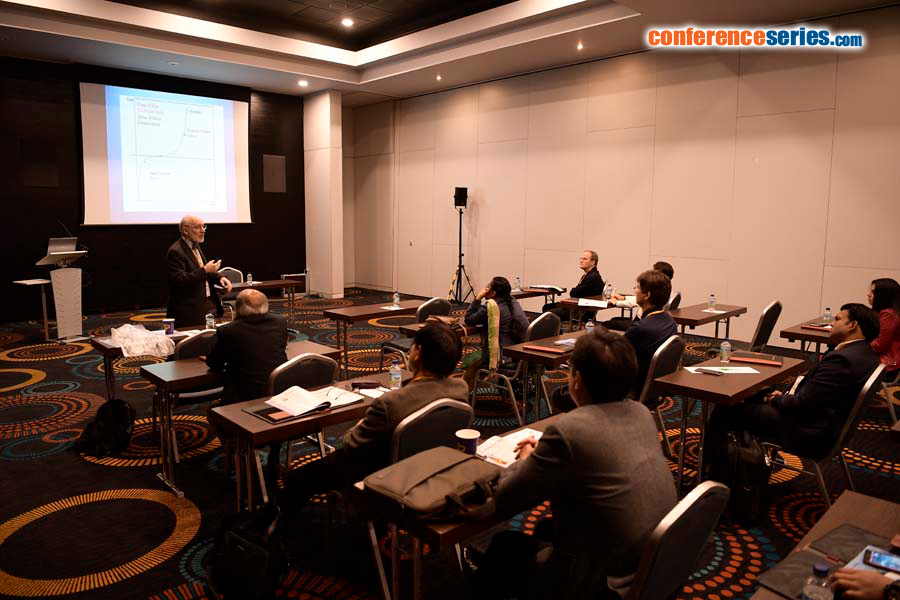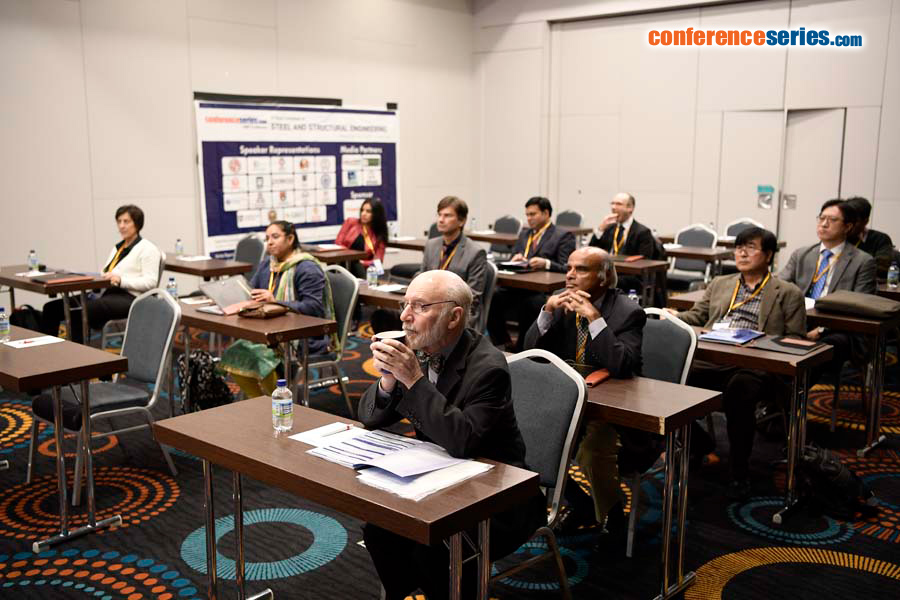
Biography
Biography: John Campbell
Abstract
The entrainment of the oxide film on the surface of metals during melting and pouring leads necessarily to the incorporation of crack-like defects into the liquid, which are frozen in as crack-like defects in the solid. These are bifilms; doubled-over oxide films, often only a few nanometers thick, across which, between the ceramic oxide-to-ceramic oxide interface, there is no bonding. Although it seems a few steels are naturally free from such cast-in cracks, other constructional steels, including many stainless and bearing steels, are particularly damaged. The current fatigue failures of wind turbine bearings, and cracks in the steels of power plants and helicopter drive shafts are common examples. Ni-based alloys are usually even more susceptible to these defects, greatly affecting the process ability of Ni alloys and their final properties. Simple, low cost improvements to melting and casting process could revolutionize the strength and reliability of steels and Ni alloys, to the point that failure by cracking of an engineering structure would not be possible. It would be a revolution in metallurgy and engineering.






